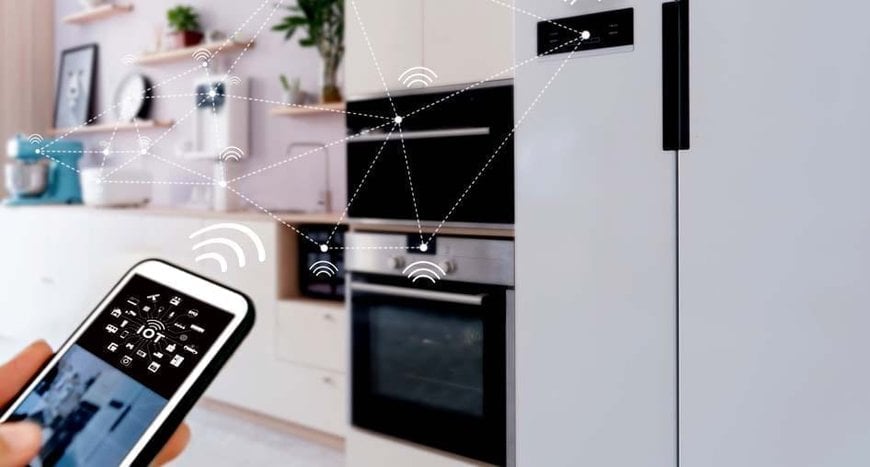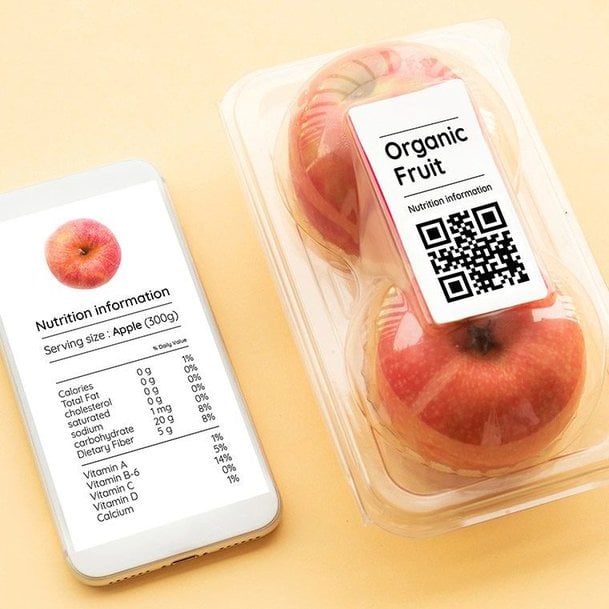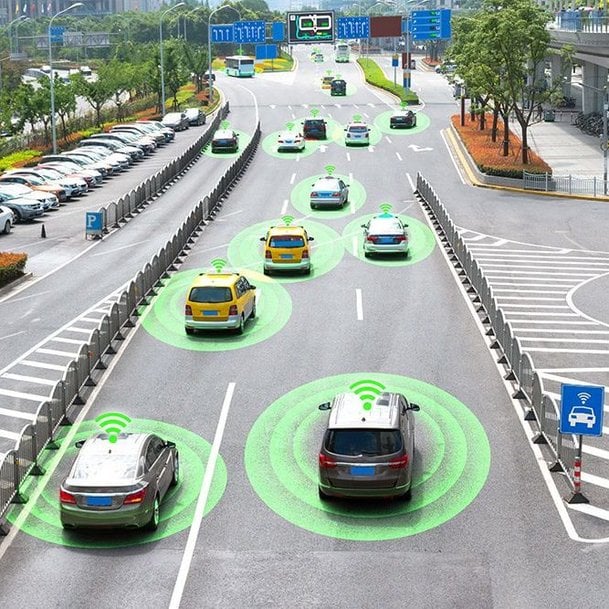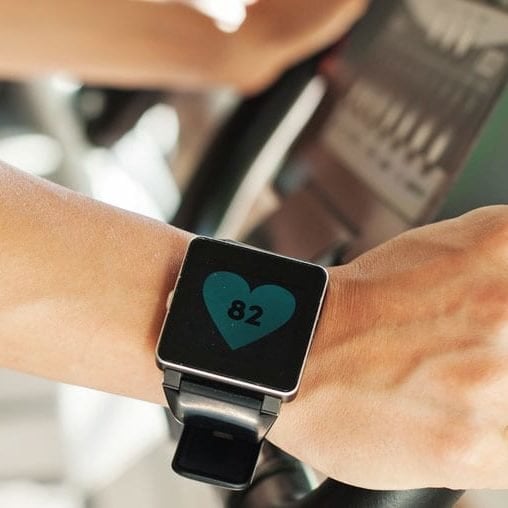3 Emerging Use Cases of IoT in Consumer Goods for 2021
As 2022 approaches, the Internet of Things (IoT)continues connecting more consumer goods — even if most buyers don’t realize it. Regardless of the language to describe the phenomenon (e.g., “smart fridges” and “devices that talk to each other”), consumers expect connectivity in everyday home products and electronics.

Consumer IoT will account for $98 billion in 2020 post-COVID. Working from home and other practices started during the pandemic will likely accelerate IoT adoption for consumer goods. The first 5G IoT consumer electronics will power new opportunities to maximize sales. This fast, versatile cellular technology will expand IoT-adopting markets into 2022 as 5G coverage reaches critical mass.
According to Research and Markets, in 2020, the global Fast-Moving Consumer Goods (FMCG) Packaging market is estimated at $514.4 billion. It’s expected to reach $622.5 billion by 2027. Savvy FMCG operators have long been treating IoT devices and networks as a platform to boost sales of mundane household items. Except for the price inflation due to the pandemic-caused global electronic component supply chain crisis, IoT hardware and services costs will likely fall in the coming years. More competitors will embrace connected consumer goods, giving FMCG companies a strong incentive to invest in IoT solutions.
Engaging with the minutiae of daily life through these devices provides companies insight into customers’ behavior. In a 2019 survey conducted before the last in-person, full-size Consumer Electronics Show (CES), consumers aged 18–34 said they expect technology to deliver customized experiences. Those over 35 expect technology to improve their quality of life. IoT connectivity makes it easier to discover and purchase consumer packaged goods and channel data to innovate new products and business models.
As the first use case below shows, the term “device” is nearly redundant. IoT in consumer-packaged goods begins on the outside — the packaging itself.
Here are three ways IoT in FMCG will boost sales and change how we shop.

IoT Use Cases in Consumer Goods
1. The Internet of Packaging
Smart packaging will grow from a niche tactic to an industry default. FMCG brands will use it to:
- Stimulate consumer engagement
- Provide a customized experience
- Boost value and service
Smart packaging will integrate with autonomous delivery vehicles to provide more convenience at a lower cost to consumers.
Interactive packaging can be as simple as a QR code, readable by a smartphone or store-provided device. The code triggers an experience that may inform or facilitate goods payment without stopping at the cash register. Digital printing, RFID tags and NFC protocols extend product communicability via their packaging. This communication creates a window for augmented reality (AR) or artificial intelligence (AI) integration.
One example is the collaboration between Bombay Sapphire gin and the Shazam app. They created a printed label that buyers could use to access exclusive AR content and video recipes via their smartphones. Consumers are most receptive to product-related ideas and activities while handling them in the shop or unwrapping them at home. This time is optimal to harness the two-way flow of data and marketing.
More sophisticated smart packaging applications are possible with the increased use of sensors and app integration. Smart bottle caps that count the vitamins you’ve taken or buzz to remind you to drink water are among the pioneers in this category.
Humans waste around one-third of food intended for consumption. Embedded sensor technology in packaging can indicate freshness or cold-chain compliance. Consumers need not depend on a stamped “best before” date that bears little connection to what’s going on inside the packet.
Producers stand to benefit from smart packaging as a solution for compliance, track-and-trace, warehousing and brand protection.

2. In-Vehicle Payment Systems Are En Route
Manufacturers will integrate more complex electronics into a more significant proportion of the cars they produce. The automotive industry is figuring out what consumers want from this development. With such high stakes, they are unlikely to hedge their bets.
5G means lower latency and increased mobility (i.e., sustained connections in fast-moving vehicles, such as cars or trains). IoT is ready to get on the move without compromising service or safety. Commuters are spending $212 billion a year from their cars. Sixty-six percent say they would spend even more if the vehicle integrated purchasing and payment tech and voice shopping.
The potential uses of consumer-connected cars are manifold. The priority is to go straight to the money by making in-car payments a reality. Places like gas stations and drive-thrus will benefit from offering the convenience of instant, touch-free payment. Businesses like these and repairs and rentals will benefit from being voice-search friendly and visible in online or proprietary price comparison services.
Dealerships can use vehicles’ connectivity to improve customer retention through smart after-sales service and apps to enable an ongoing conversation. Ninety-five percent of customers show up to the showroom highly informed. Keeping cars connected is a great way to stay at the forefront of consumer research.

3. Connected Wearables
IoT-enabled wearables consist of the market segment that runs through verticals associated with any aspect of a wearer’s life, work and physical activity (e.g., vital signs and geoposition). Connected wearables have risen from 325 million shipped in 2016 to an estimated one billion by 2022.
In the coming years, the wearables space will advance via technological breakthroughs, such as:
- Sensor nanotechnology
- Ultralow power or biopower harvesting
- Cybersecurity hardening
With 5G rollouts focusing on high speed, wearables must continue evolving on low-power LTE standards like LTE-M and NB-IoT. These will continue strong at least through 2024 with the arrival of native 5G standards like RedCap specified in 3GPP’s Release 17.
A Network of Products
IoT is becoming the norm as a feature in everyday devices and products. It will enable FMCG businesses to focus on IoT benefits for consumers and ideas to engage users.
None of these use cases takes place in a vacuum. It bears repeating that IoT is a network. Developments in one node impact others. They rely on cooperation and compatibility to function to their intended potential.
www.telit.com

